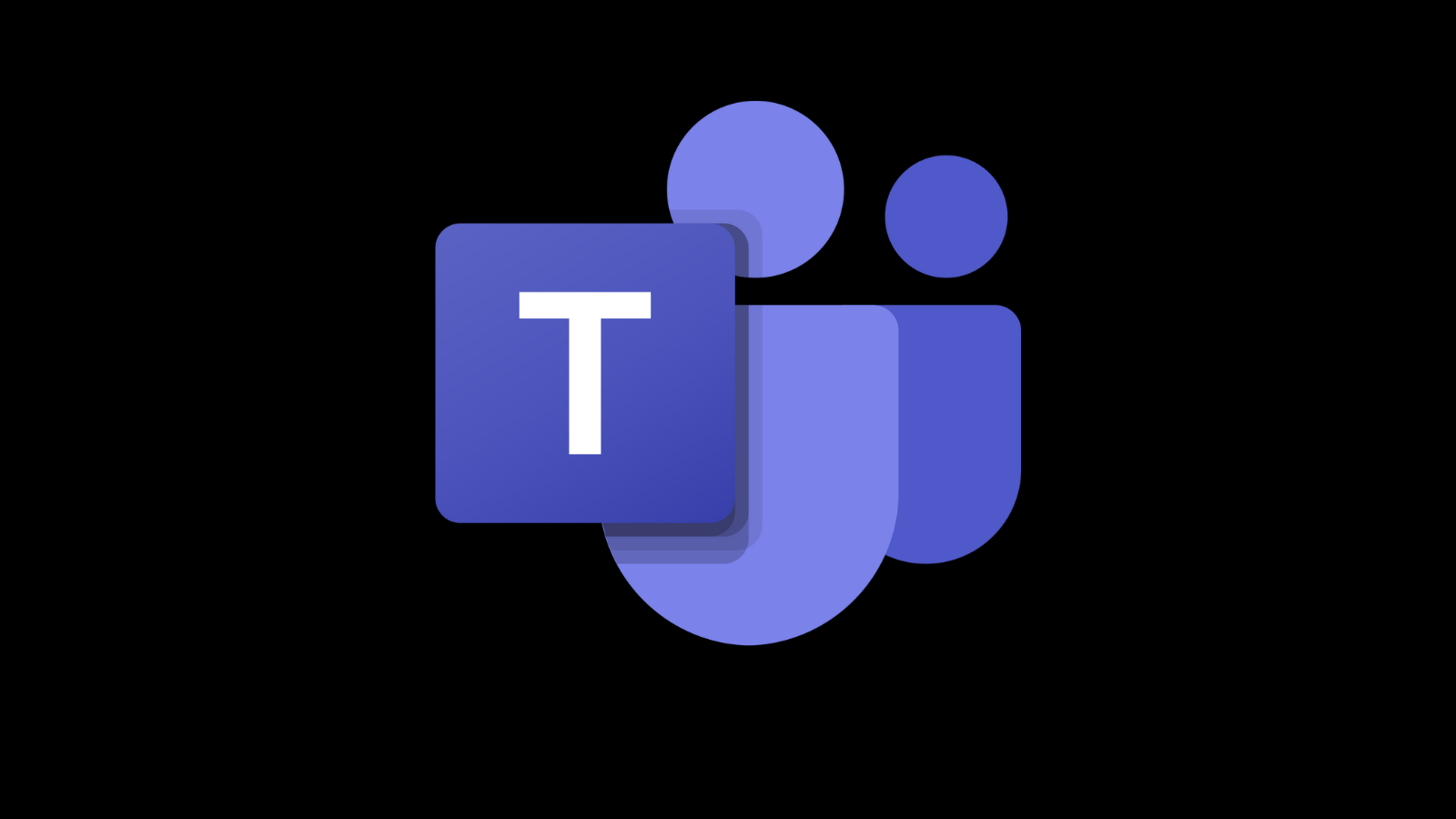
Microsoft Teams Set to Introduce Highly Anticipated Multitasking Functionality
Microsoft Teams Unleashes Multitasking: A Game-Changer for Workflow Efficiency
For organizations relying on Microsoft Teams as their central hub for communication and collaboration, the promise of enhanced productivity is always a welcome development. The recent announcement from Microsoft regarding the imminent release of a highly anticipated multitasking feature for Teams is set to fundamentally change how millions of users interact with the platform. This long-awaited update, allowing users to open channels in separate windows, directly addresses one of the most persistent user requests and signals a significant step forward in optimizing workflow efficiency.
The Evolution of Teams: Addressing User Demands
Microsoft Teams has evolved into an indispensable tool for businesses globally, facilitating everything from quick chats to comprehensive project management. However, a common pain point for power users and those managing multiple projects has been the inability to reference different conversations or resources simultaneously within the application. The current interface, while streamlined, often necessitated constant switching between tabs or channels, breaking concentration and hindering seamless information flow.
This new multitasking capability directly targets this friction. By enabling users to pop out individual channels into their own windows, Teams users will gain the spatial flexibility typical of traditional desktop applications. This means an analyst can follow a critical incident response thread in one window while simultaneously engaging in a daily stand-up meeting in another, or a project manager can track progress in a dedicated project channel while reviewing documentation in a separate chat.
Key Benefits of the Separate Window Functionality
The introduction of separate windows for channels in Microsoft Teams brings a host of tangible benefits for individual users and teams alike:
- Improved Context Switching: Users can now maintain context across several conversations or workstreams without the mental overhead of navigating back and forth within a single application window. This significantly reduces cognitive load.
- Enhanced Productivity: The ability to view multiple channels concurrently facilitates faster decision-making and more efficient information retrieval. It allows for a more natural and fluid workflow, akin to working with multiple monitors.
- Reduced Distraction: By isolating specific channels, users can better manage their focus, dedicating their attention to one task while keeping an eye on critical updates in another, without being overwhelmed by a single, monolithic interface.
- Tailored Workspace: Users can customize their Teams desktop layout to suit their specific role and current tasks, creating a highly personalized and efficient digital workspace.
Rollout and Impact: What to Expect in November
Microsoft has slated the rollout of this crucial feature for November. While specific dates within the month may vary by tenant, the impending arrival is exciting news for the Teams community. This update is not merely an aesthetic change; it represents a significant architectural enhancement that promises to reshape user habits and boost overall productivity.
For IT administrators and cybersecurity professionals, while this feature primarily focuses on user experience, it’s worth noting the implications for how users interact with sensitive data. Enabling better context management can indirectly reduce the likelihood of errors stemming from misdirected information or accidental disclosures due to rushed navigation. As with any feature rollout, ensuring user awareness and providing best practices for effective multitasking within Teams will be essential.
Conclusion: A More Powerful Microsoft Teams Awaits
The upcoming multitasking feature in Microsoft Teams marks a pivotal moment in the platform’s development. By directly addressing a long-standing user request, Microsoft is reinforcing its commitment to enhancing user experience and optimizing digital workflows. For IT professionals, security analysts, and developers working within the Microsoft ecosystem, this update translates directly into more efficient communication and collaboration, ultimately contributing to greater organizational agility and productivity. Get ready to experience a more flexible and powerful Microsoft Teams this November.





